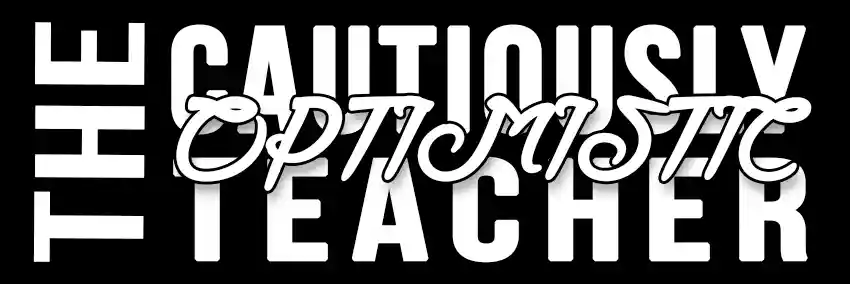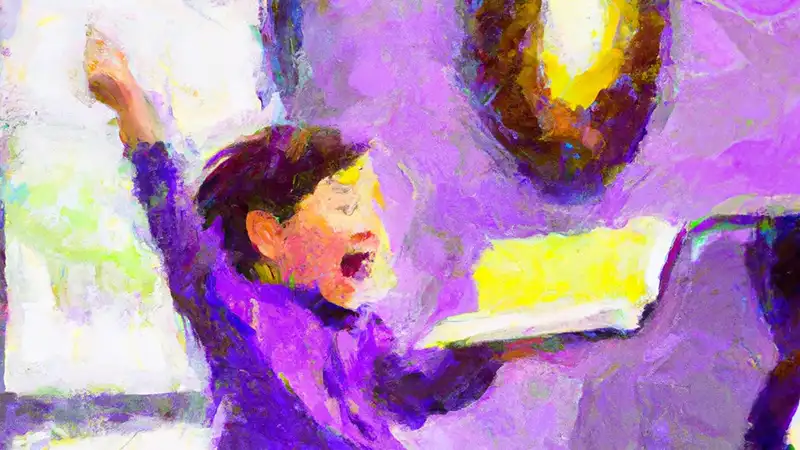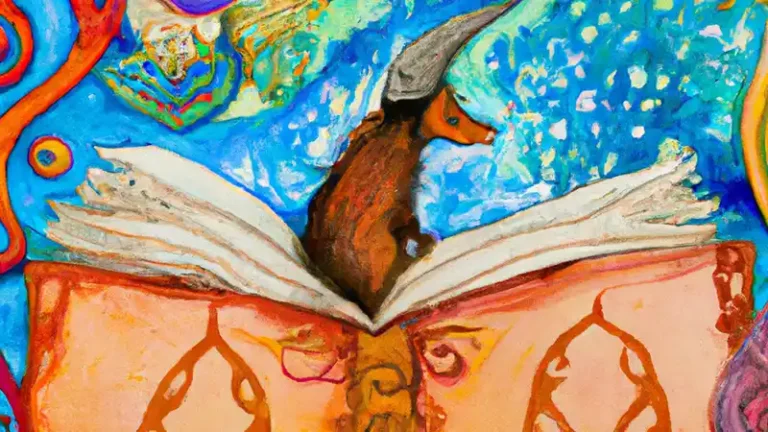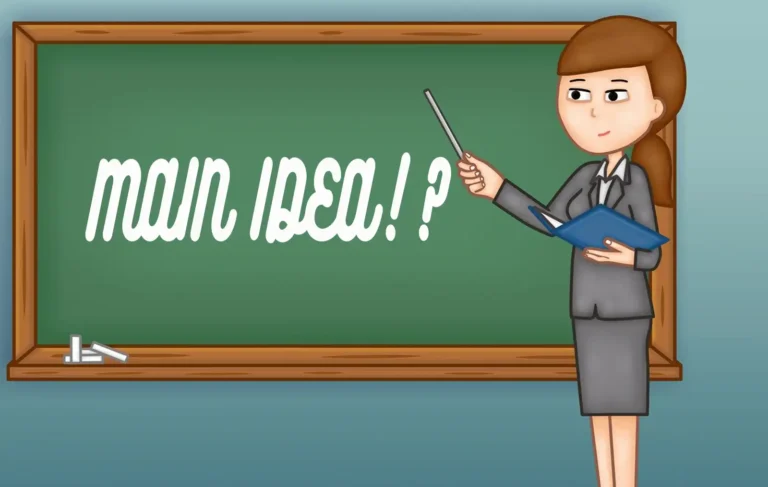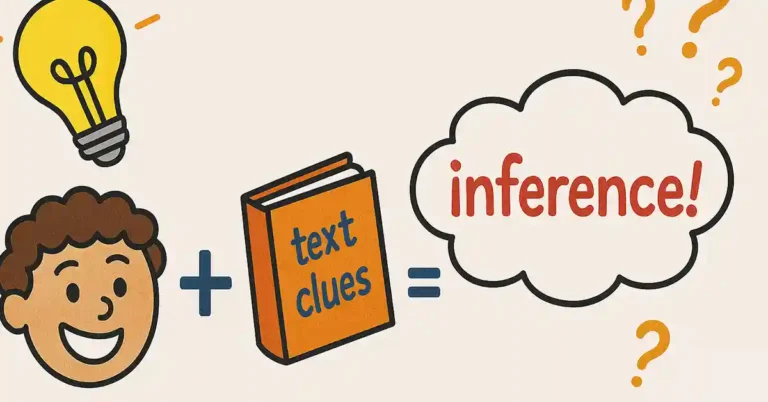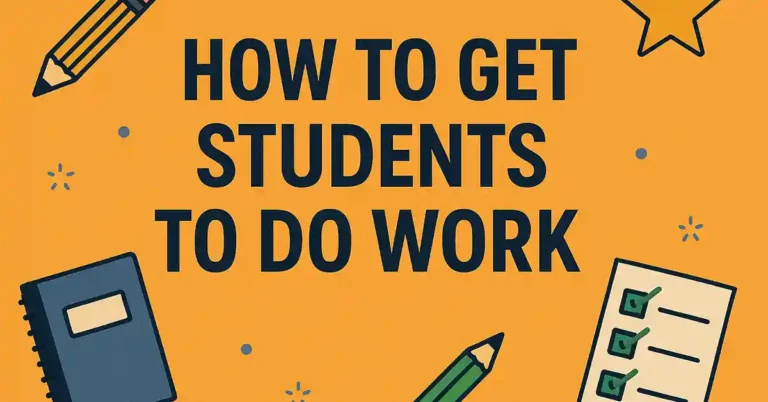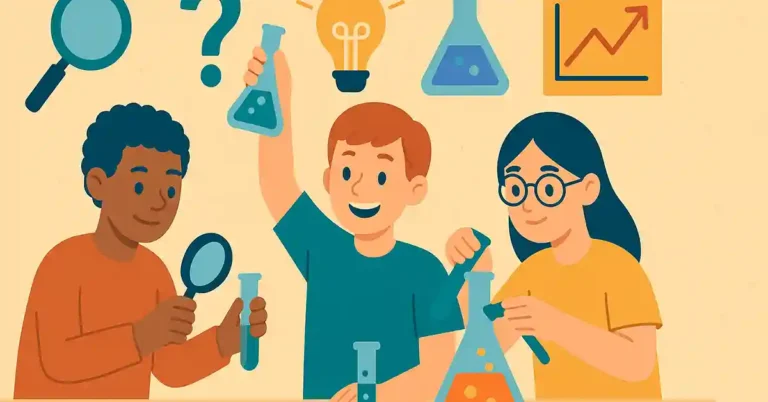The Visualizing Reading Strategy: Helping Students See What They Read
We all know the incredible potential every book holds within its pages. Our mission, as educators, is to help our students unlock this vast universe of knowledge. The key? Reading comprehension. Have you ever witnessed that look on a student’s face when they’ve just read something, but it hasn’t quite “sunk in”? It’s painful when they miss the main idea of a reading selection but we’ve all been there. But with the right strategies, like the visualizing reading strategy, we can transform that moment of confusion into a journey of discovery, thereby creating better readers.
Today, I’m thrilled to share with you two essential reading techniques that have revolutionized my classroom: visualizing and connecting. Trust me, once you incorporate these into your lesson plans, you’ll see those lightbulb moments happen more frequently! These ideas are important for students of all ages and it’s critical to start with elementary students.
Enter the World of Visualizing
How much richer would a student’s experience be if they could create visual images of a historic battlefield as they read about it? It takes the task of reading words and makes it feel more like a picture book. Or what if they could connect a character’s struggles in literature to societal issues today? Without visualizing and connecting, we risk skimming the story’s surface. Dive deeper with your students, and a magical learning environment truly comes alive.
Students craft a vibrant mental image by visualizing, making abstract concepts tangible and narratives come alive. Connecting, on the other hand, bridges the narrative to personal experiences, other texts, or real-world events, making lessons more relevant and engaging. Combining the two is a good idea.
The Magic of Visualizing and Connecting in the Classroom
How much richer would a student’s experience be if they could create visual images of a historic battlefield as they read about it? It takes the task of reading words and makes it feel more like a picture book. Or what if they could connect a character’s struggles in literature to societal issues today? Without visualizing and connecting, we risk skimming the story’s surface. Dive deeper with your students, and a magical learning environment truly comes alive.
Students craft a vibrant mental image by visualizing, making abstract concepts tangible and narratives come alive. Connecting, on the other hand, bridges the narrative to personal experiences, other texts, or real-world events, making lessons more relevant and engaging. Combining the two is a good idea.
Enter the World of Visualizing
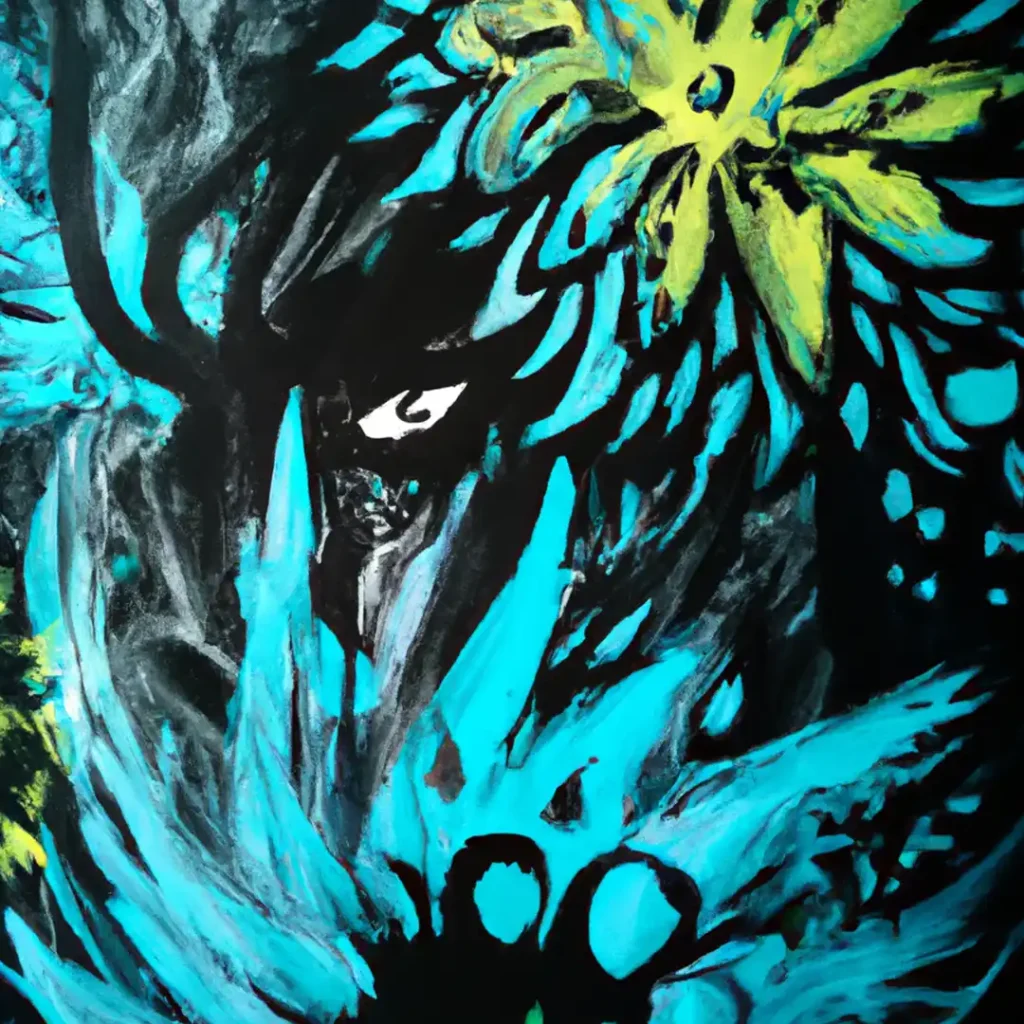
Let’s delve deeper into our first transformative reading strategy: visualizing.
Imagine empowering each student to become the director of their own mental movie. As they navigate through chapter books, they’re actively constructing vibrant scenes in their minds. Characters, settings, events — they all take shape, making comprehension more intuitive. And guess what? This doesn’t just help create a better understanding of the text. It makes reading a lively, engaging act! It makes for a good reader.
Defining ‘Visualizing’ in the Classroom
As educators, we often toss around the term “visualizing,” but what does it truly mean in the context of reading? At its core, visualizing is the act of creating a mental picture or scene that corresponds with the text being read. It’s about allowing students to ‘see’ the story inside their minds, transforming written words into vibrant, dynamic images. It’s not just about the “what” of the story but also the “how” and the “why.” It’s the difference between reading a simple sentence and actually feeling, hearing, and immersing oneself in the scenario.
The Intriguing Science Behind Visualization
Let’s geek out a little, shall we? The power of visualization isn’t just an educational mantra; there’s genuine neuroscience backing it up. When students visualize, they activate the same parts of the brain that process visual information. In essence, even though they’re reading words, their brains respond as if they’re seeing images.
Furthermore, when students visualize, they’re not just relying on their visual senses. They might ‘hear’ sounds, ‘feel’ textures, or even ‘smell’ scents from the narrative. This multisensory engagement is a testament to the brain’s incredible ability to synthesize information and make reading a holistic experience.
Reaping the Benefits of Visualization in Reading
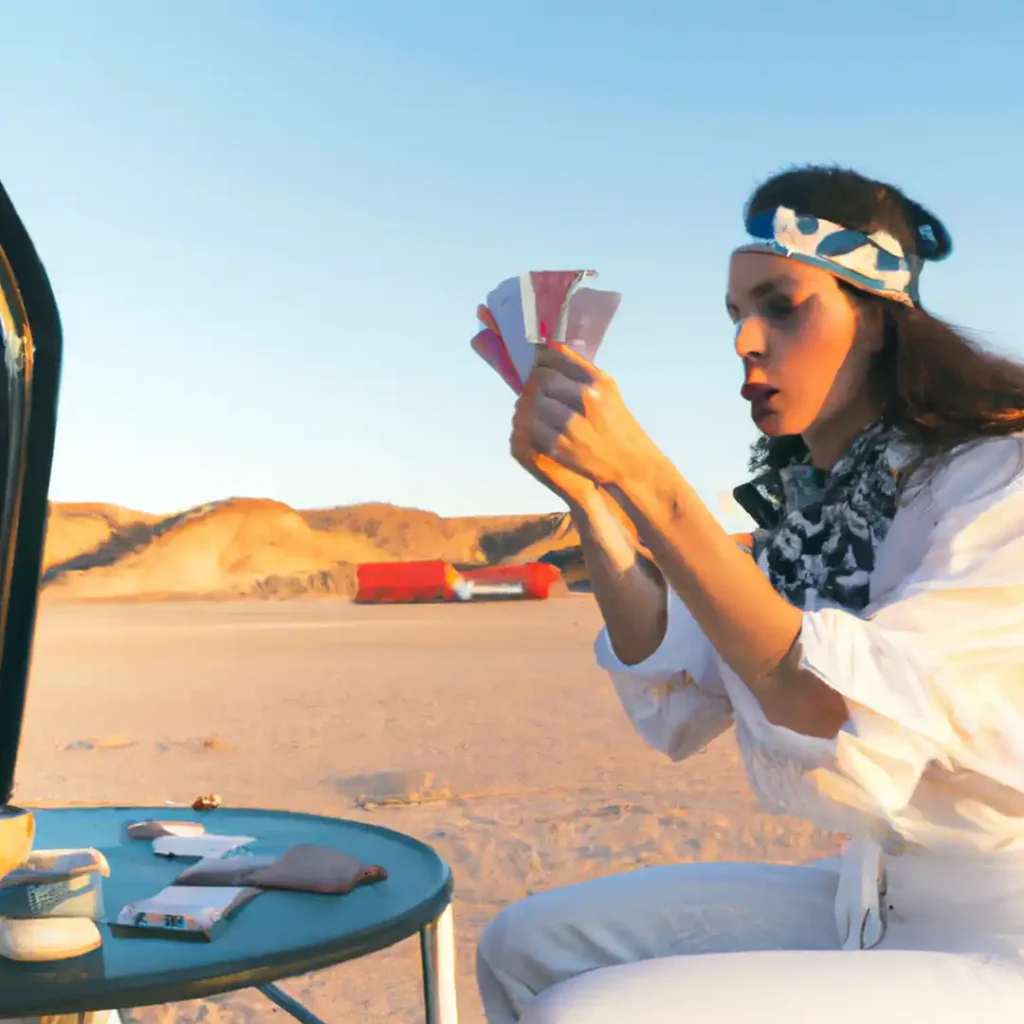
Now, for the magic part: the tangible benefits we witness in our classrooms when we champion the art of visualization.
Increases Language Comprehension: As the saying goes, “A picture is worth a thousand words.” By visualizing, complex ideas and abstract concepts become more accessible. When a student can ‘see’ what they’re reading, they’re more likely to grasp and retain the core message of the text.
Boosts Memory Retention: Ever noticed how we often remember scenes from movies or images from a book’s illustration better than spoken or written words? That’s the power of visual memory. By encouraging students to visualize as they read, we’re helping them anchor the content more deeply in their memory.
Fuels Engagement: We all know that engaged students are effective learners. Visualization transforms passive reading into an active experience. Instead of merely skimming words, students become part of the narrative, participating in the story and interacting with its content. This active involvement amplifies interest, curiosity, and motivation. It’s a fun game to participate in the story.
Visualization Strategies in the Classroom
As educators, it’s not just about knowing the importance of a strategy but also understanding how to impart it. Let’s explore some tried-and-true techniques for fostering visualization among our students.
1. Setting the Scene: Imagination Unleashed
Begin by encouraging students to construct the world of the text in their minds.
- Setting: Is it a serene village or a bustling city? Day or night? Having them sketch or describe the backdrop can be a wonderful starting point.
- Characters: What do they look like? How are they dressed? Encourage students to draw upon textual clues but also to fill in gaps with their imagination.
- Ambiance: Is the atmosphere tense, cheerful, mysterious? Have students use adjectives or even music to define the mood.
2. Animating Actions: Breathing Life into the Narrative
Next, focus on the unfolding events.
Prompt students to visualize character movements, using the text as a choreography guide. If a character “rushes out the door,” how do they move? What expressions do they wear? For dynamic events, students can create a storyboard, using sequential images or bullet points to depict the action as it progresses.
3. Sensory Immersion: Beyond the Eyes
Reading is a multisensory experience, and visualization should be too. Challenge students to engage senses beyond just sight. What sounds accompany a scene? Can they imagine the textures, tastes, or scents described or implied in the text?
Activities like sensory word banks or shared sensory brainstorming sessions can be great tools here.
Challenges and Pitfalls to Navigate
As with any strategy, there are potential hurdles to be aware of:
Over-reliance on Previous Knowledge: Prior knowledge is incredibly important but sometimes students might lean too heavily on past experiences or familiar scenarios, potentially missing out on new or unique aspects of the current text. Regularly checking in and discussing visualizations can help correct this.
Inaccurate or Conflicting Visualizations: Students might occasionally visualize scenes in ways that don’t align with textual evidence. This can be a golden opportunity! Encourage peer sharing of visualizations. Hearing different perspectives can help refine and enhance each student’s own mental images.
The Power of Making Connections: Bridging Texts and Experiences
In our teaching journey, it’s crucial to guide students not just to read, but to relate. That’s where the art of making connections comes into play. Let’s dive deep into this transformative strategy.
Definition of the Connecting Strategy
At its essence, the connecting strategy involves bridging the gap between the text and external elements—be it personal experiences, other readings, or world events. It’s about seeing the text not as an isolated entity but as a part of a broader tapestry of learning and experience. Connecting is the golden thread that interlinks the world of the written word with the vast expanse of the world outside.
Types of Connections
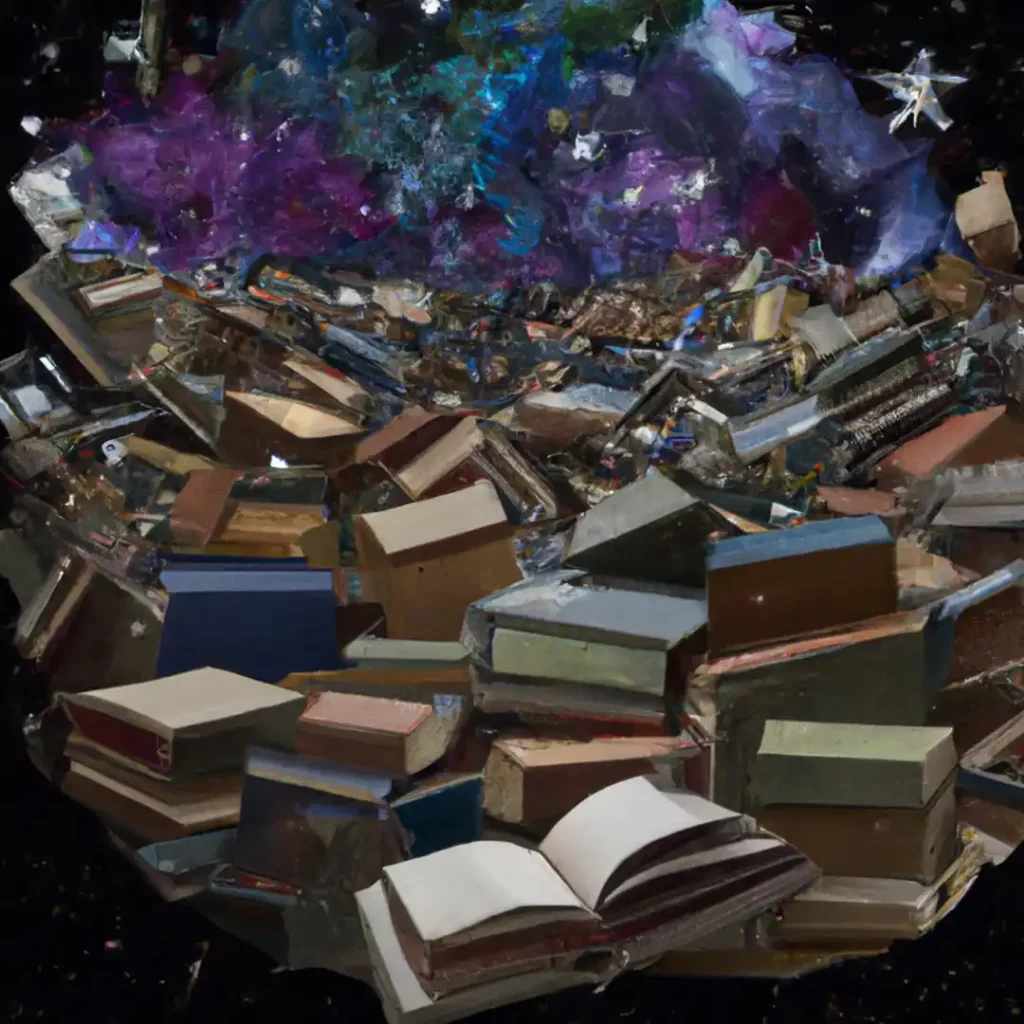
There are three primary avenues through which readers can forge connections:
Text-to-Self: This is all about personal resonance. How does the content relate to the reader’s own life, feelings, or experiences? Perhaps a character’s dilemma reminds them of a challenge they faced or a setting evokes memories of a place they visited. This connection anchors the text in personal relevance and background knowledge.
Text-to-Text: Here, students link what they’re reading to other texts they’ve encountered. It could be drawing parallels between two novels, noting similarities between a current event and a historical account, or even comparing themes across genres. This connection broadens their literary and informational landscape and also draws on their prior knowledge. It’s important for older students to connect different types of reading material together.
Text-to-World: This expansive connection prompts students to relate the text to larger world concepts, events, or societal issues. How does a story reflect societal norms? Does a scientific concept have real-world applications they’ve seen in the news? This connection situates the text within the grand scope of the world stage. Text-to-World connections make for great conversations in small groups.
Benefits of Making Connections
Making connections is more than a passive exercise—it’s an active engagement that offers multiple benefits:
Provides Context and Relevance: Connections situate the text within a framework that students can understand and relate to. This context often illuminates the relevance of what they’re reading, making it more meaningful.
Deepens Understanding of Themes and Concepts: By drawing parallels, students can grasp intricate themes, see patterns, and understand concepts at a deeper level. It’s one thing to understand a story or idea in isolation; it’s another to see it as part of a bigger picture.
Creates a More Active Reading Experience: Connecting requires active thought and engagement. Instead of passively consuming content, students become active participants, probing, questioning, and relating as they read. Providing an anchor chart as a prompt for younger students is a great option. I’d also provide graphic organizers to reinforce their learning and help them remember important details later on.
Techniques for Making Meaningful Connections: A Guide for Educators
As we delve deeper into the art of making connections, it becomes evident that fostering this skill requires intentional guidance. Let’s explore some techniques to help students bridge the gap between texts and their worlds.
Prompting Questions to Stimulate Connections
Questions are the gateway to deeper understanding. Here are some you can pose to stimulate the connecting process:
- How does this remind you of something in your life or a time you’ve experienced?
- Can you think of another book, article, or poem that had a similar theme or message?
- How does this relate to current events or societal issues you’re aware of?
- What emotions or memories does this text evoke for you?
- Are there aspects of the content that mirror situations in the real world?
Journaling or Annotating to Track and Develop Thoughts
A personal reading journal or annotations in the margins of a text can be invaluable:
Reflection: Encourage students to jot down thoughts, memories, or other texts that come to mind as they read.
Mapping: Visual learners might benefit from drawing connection webs, linking the text to various personal, literary, or world concepts.
Questioning: Promote active reading by having students note questions that arise during reading, fostering future exploration.
Discussing with Others to Share and Learn from Diverse Perspectives.
Nothing Beats a Good Discussion
Group Conversations: Break students into groups and prompt them to share their connections. This not only allows for peer learning but it is a great way to expose students to a plethora of perspectives.
Whole-Class Debates: Present a theme or concept and let students draw connections from various texts or experiences, fostering a dynamic conversation.
Guest Speakers: Invite community members to share their perspectives, enabling students to draw connections from the text to real-life experiences.
Overcoming Challenges in Making Connections
As with all strategies, there are potential pitfalls to navigate:
Avoiding Superficial Connections: It’s vital to guide students beyond surface-level links. For example, connecting solely based on a character’s name or a familiar setting isn’t as enriching as delving into deeper themes and motivations.
Navigating Cognitive Biases: Our pre-existing beliefs and experiences can shape our interpretation of a text. Encourage students to recognize these biases. Activities like playing “devil’s advocate” or exploring a text from a completely different viewpoint can help counteract these natural tendencies.
Harnessing the Power of Both: Integrating Visualization and Connection as an Optimal Reading Comprehension Strategy
Reading is a multi-faceted process. While individual strategies like visualizing and connecting each hold their weight, the magic truly unfolds when they’re seamlessly integrated.
Visualizing to Deepen Connections
Visualization isn’t just about creating mental images—it’s a gateway to profound connections.
Richer Contexts: When students visualize, they create detailed mental scenes which can serve as backdrops for personal memories, other literary scenarios, or real-world events.
Emotionally Charged Mental Imagery: By visualizing emotional scenes, students can recall personal experiences that resonate with those emotions, deepening their text-to-self connections.
Anchor Points for Broader Connections: Vivid mental images can act as anchors. For instance, a visualized historical setting might spark connections to contemporary events, enriching text-to-world links.
Connecting to Improve Visualization
Conversely, making connections can bolster the visualization process.
Familiar Foundations: Drawing from personal experiences (text-to-self connections) can aid students in visualizing unfamiliar scenarios. A connection to a personal memory can provide a visual foundation, which can then be modified based on the text.
Intertextual Imagery: When students link the current text to others they’ve read (text-to-text connections), they can borrow and blend imagery. Visualizing a dragon from one story might inform how they visualize a mythical creature in another.
Worldly Windows: Relating content to global concepts or current events (text-to-world connections) can provide realistic images to draw from, enriching the visualization process.
Examples of the Synergy Between Both Strategies
To bring this synergy to life, let’s look at some examples:
Historical Fiction Reading: Students are reading a story set during the Industrial Revolution. By visualizing the smog-filled cities and factory lines, they can better connect the narrative to current discussions on environmental policy or worker’s rights, and vice versa.
Science Textbook: While exploring a chapter on volcanoes, students recall a news article on a recent eruption. This real-world connection provides them with vivid images, which they then refine based on the textbook’s description.
Literature Circles: In discussing a novel about a family’s journey to a new country, a student shares her family’s similar migration story, providing others with rich visual details. These visuals, in turn, deepen their connections to the story and their understanding of global migration patterns.
By championing the marriage of visualization and connection, we empower students to experience texts on a profoundly immersive level. It’s akin to providing them with a vibrant palette and a canvas that stretches beyond the pages, into their memories, other texts, and the world at large. As educators, the potential of this integrated approach is nothing short of exhilarating. Let’s be sure to provide this important skill to our students and incorporate it into our list of reading comprehension strategies.
